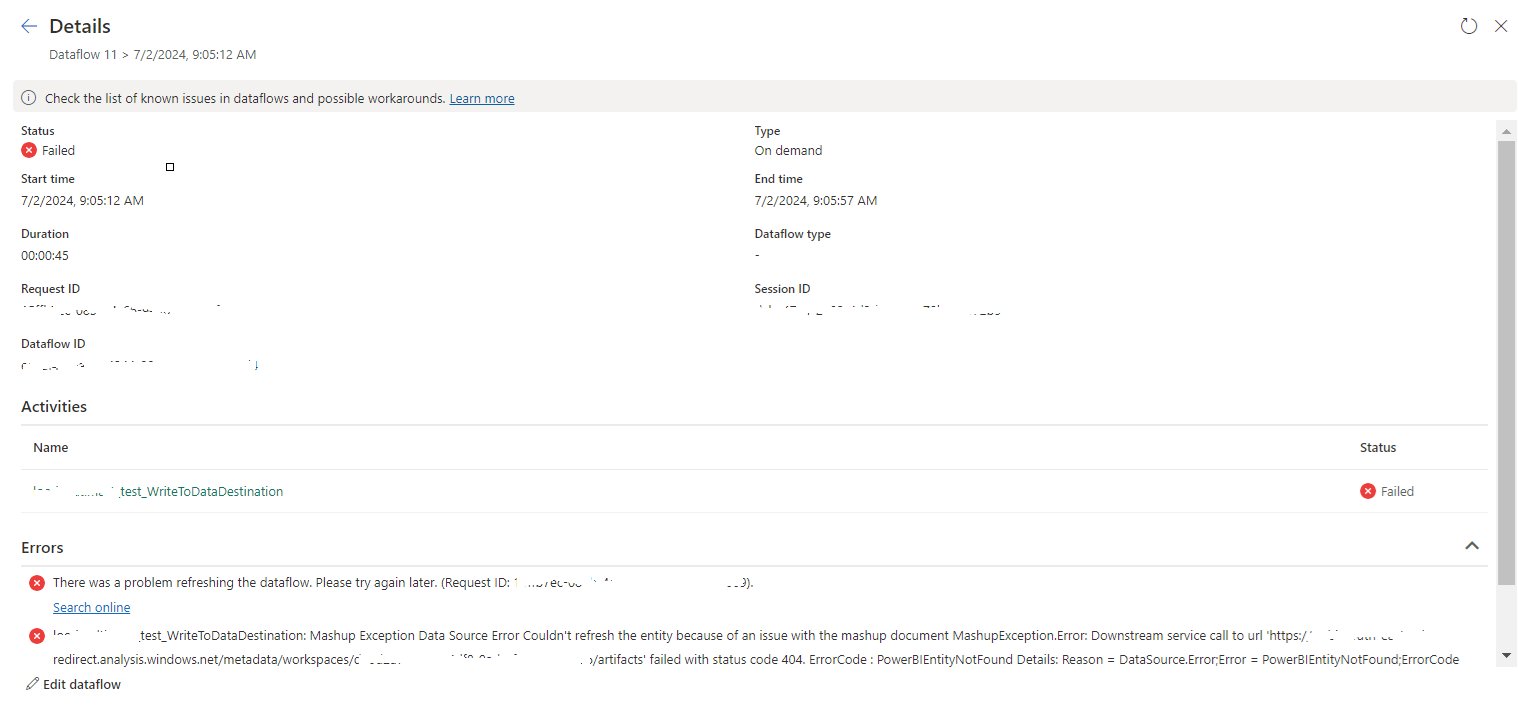But there are few tricks need to be followed to have the decomposition tree in a scorecard.
- You need to create KPIs from PerformancePoint. If you import KPIs from Analysis Sevices Cube, Decomposition Tree will not work.
- Need to provide values from a Measure. If it is provided from a MDX expression Decomposition Tree will not work.
- Therefore if you need to do some calculations for the KPI, create a Calculated Member which having the required calculation and set the Parent Hierarchy of the calculated member as Measures.
- Then you can use that calculated member as a measure to create the required KPI and the Decomposition Tree will be available for it.
- Calculation property for the Actual and the Target should be Data value.
- Also to enable the Decomposition Tree feature in the Scorecard, Silverlight need to be installed in the client machine.
- Also when I added those created KPIs by creating a blank scorecard from PerformancePoint, Decomposition Tree did not work. But when I created the scorecard by importing KPIs from analysis service and modified the KPIs as above, then the Decomposition Tree works fine.


